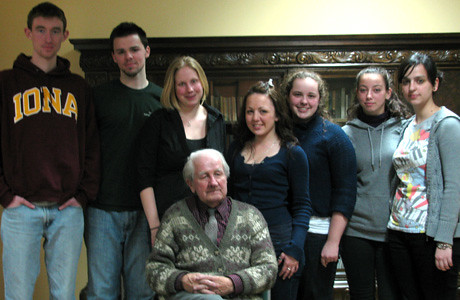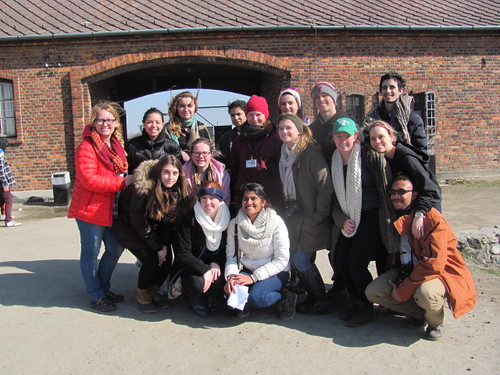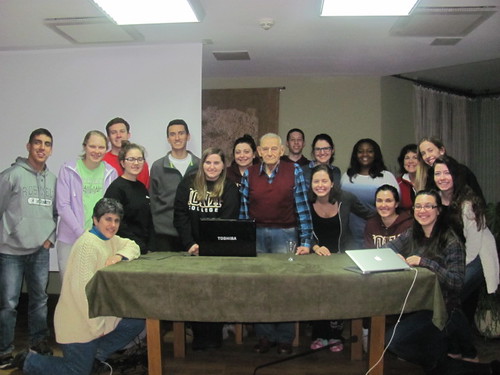
|
It has been slightly over a month since we arrived back home from Poland. Since I’ve been back I have had many people contact me saying what a wonder experience it must have been. It was definitely an experience, but perhaps, wonderful is not the right word. We learned so much about how important words are and what they really mean; how a word or a phrase could change history. The phrase I would use is a once in a life time experience, or many a life changing experiences. Since I have been home I feel as though I think about the trip at least once a day and it is not only in relation to antisemitism or Jews, but I use it as a way to think about other daily activities. As our guest speaker Dr. Annamaria Orla-Bukowska said, you can use the Shoah as a lens to look at the rest of the world regardless of the topic. I cannot say how meaningful this trip was. I believe everyone should learn about the Holocaust in a similar way to how we did with great depth. While going through 13 years of school before college, it was barley taught in high school: it was treated as a very brief history lesson which is wrong. The teaching of the Shoah is an ongoing lesson, a lesson many individuals still need to learn.
It is said that the reason we learn about topics like this is so that they never happen again. Yet we also learned there have been 7 genocides since the Holocaust, none with nearly as many victims which is why it is not widely covered. We also learned that since the Holocaust, the United Nations decided that if we label something a genocide that means we must act without question. This shows that not only do the people not learn, but neither do the nations. A common phrase you hear after the Holocaust is “Never Again,” but we as students of Jewish Christian Relations and the Holocaust have to ensure “Never Again.” It is our duty after taking in all the facts and after a full semester concentrating deeply into the matter that we be activists. It does not take much; it can begin as just confronting people who spew hate. In order to move forward we need to help all move forward. There are some people in this world who are just hateful, and regardless of any facts you give or any time you tell them not to say something, they will just say it more but it is important to try. We now know what one man’s hate can cause. The flag of the prisoners of Auschwitz still flies every day. While 10 million died, Hitler still lost. If people learn the holocaust perhaps the next hatful person will lose without ever taking a life. It is ignorant to believe we can stop all hate, but it is not unrealistic to believe we can stop another atrocity. Everyone must act when in the face of hate.



















